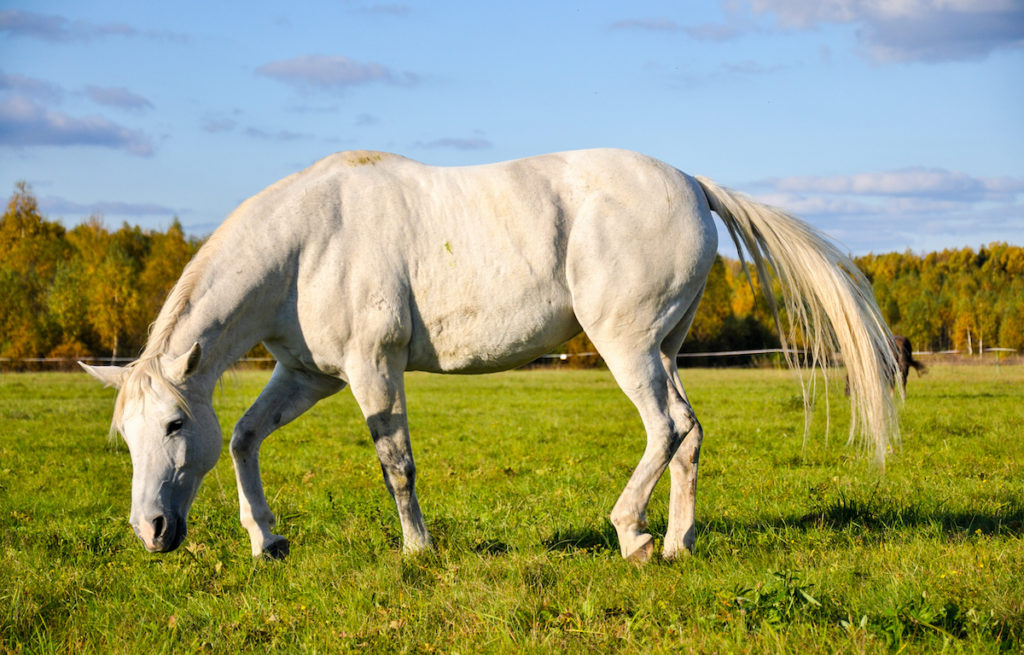You are here because you might have a stable of horses, and you want to train them. However, you don’t know where to begin or you’re scared to do it. It could be because you heard a lot of misinformation about horse training.
Let’s break some of these myths so you can pursue what you want:
1. Horse Training Is Painful
That horse training is painful comes from two things: discomfort and cruelty. First, let’s talk about discomfort.
When you teach a horse, you need to apply pressure in different parts of the body. For example, you use horse bits, which you fit around the mouth. When you apply pressure, the bits can be uncomfortable for the horse.
However, many bits these days are way better and more comfortable for the horse. Second, horses learn when they feel the pressure.
According to the Equestrian Movement, horses evade discomfort—like humans—but pressure brings pain. Horses, therefore, stop on their tracks not because you pulled the reins (because that is an uncomfortable action for them) but because you stopped doing it.
Another factor is cruelty, which can be deliberate or accidental. The latter happens when the signals you give to your horse don’t match your preferred outcomes. You subject the horse to discomfort with no value.
2. You Need to Ride Young to Learn
Horses and kids are usually a match made in heaven. Children are often gentler and more connected to the animals, while the horses (and the training) can teach kids many life skills. These include discipline, persistence, commitment, and love for creatures. The activity can also keep them physically and mentally healthy.
However, horseback riding and training aren’t for children only. As long as you’re able, you can make it a hobby or even a career. Perhaps the only factor that’s stopping you from doing it and learning fast is fear.

3. Horses Learn Fast
Horses, like cats and dogs and even humans, have temperaments and personalities. Some are shy, while others are aggressive. Other horses are passive or reactive. These unique characteristics mean that training horses isn’t the same for everyone.
On average, horse training lasts for about four months with exercises and lessons every day (y days a week). Again, depending on the temperament, it can take shorter or longer than that.
The way the trainer handles the horse and the objectives they wish to accomplish can also affect how fast the horse learns. Sometimes the horse is attentive and trainable. However, because of poor trainer skills, the animal learns the wrong behaviors.
4. Anyone Can Train a Horse
Although you can teach yourself on how to train a horse, leave it to the experts if you’re a beginner. This is especially true if you’re dealing with young animals. They can be more unpredictable than humans.
However, if it’s your desire to train them too, you can shadow the trainer. Observe how they give commands and pull the reins, for example. Ask questions and try the techniques you learned. Most of all, be patient.
You can’t get everything overnight, and that includes horse training. But you cannot even take the first step if you keep on believing the wrong ideas about the process.

